Ecuador, nestled on the northwestern coast of South America, is a country of stunning natural beauty, rich cultural heritage, and diverse ecosystems. From the towering peaks of the Andes to the lush Amazon rainforest and the pristine shores of the Pacific Ocean, Ecuador offers a tapestry of landscapes and experiences for travelers and scholars alike. In this comprehensive exploration, we’ll delve into the essence of Ecuador, covering its geography, history, culture, economy, and current affairs.
Geography:
Ecuador’s geography is characterized by its unique position on the equator, which gives the country its name and influences its climate and ecosystems. The country is divided into four distinct regions: the Andean highlands, the Amazon rainforest, the coastal lowlands, and the Galápagos Islands.
The Andes mountain range runs through the center of Ecuador, dividing the country into two main regions: the Sierra, or highlands, to the east, and the Costa, or coast, to the west. The Sierra is home to some of Ecuador’s tallest peaks, including Chimborazo, Cotopaxi, and Cayambe, as well as picturesque valleys and indigenous communities.
To the east of the Andes lies the Amazon rainforest, which covers nearly half of Ecuador’s territory and is one of the most biodiverse regions on the planet. The Amazon basin is home to a vast array of plant and animal species, as well as indigenous communities that have inhabited the region for thousands of years.
The coastal lowlands, or Costa, are characterized by their tropical climate, sandy beaches, and fertile farmland. The region is home to Ecuador’s largest cities, including Guayaquil and Manta, as well as important ports and agricultural areas.
Off the coast of Ecuador lies the Galápagos Islands, a UNESCO World Heritage Site and one of the world’s most iconic wildlife destinations. The islands are home to a unique array of species, including giant tortoises, marine iguanas, and blue-footed boobies, which inspired Charles Darwin’s theory of evolution.
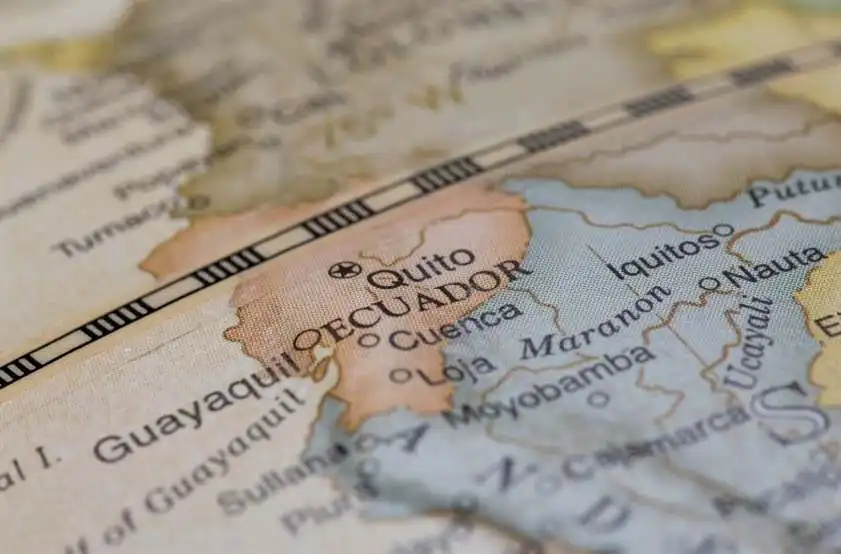
History:
Ecuador’s history is a story of indigenous cultures, Spanish colonization, and struggles for independence and identity. The territory of present-day Ecuador was originally inhabited by indigenous peoples such as the Quitu-Caras, the Cañari, and the Shuar, who had established complex societies and cultural traditions long before the arrival of Europeans.
In 1534, Spanish conquistador Francisco Pizarro arrived in Ecuador and established the city of Quito, which became the capital of the newly formed Royal Audiencia of Quito. The Spanish colonization of Ecuador brought about significant changes to the region, including the introduction of Christianity, the Spanish language, and European diseases.
Throughout the colonial period, Ecuador was part of the Viceroyalty of Peru, which encompassed much of South America. However, tensions between colonial authorities and local elites, as well as the influence of revolutionary ideas from Europe and North America, eventually led to calls for independence.
Ecuador’s struggle for independence was part of the broader Latin American Wars of Independence, which swept across the continent in the early 19th century. Figures such as Antonio José de Sucre, Simón Bolívar, and Juan José Flores led military campaigns against Spanish forces and laid the groundwork for the creation of a new nation.
On May 24, 1822, Ecuador declared its independence from Spain, joining forces with neighboring countries such as Colombia and Venezuela to form the Republic of Gran Colombia. However, internal divisions and regional conflicts eventually led to the dissolution of Gran Colombia, and Ecuador emerged as an independent nation in its own right.
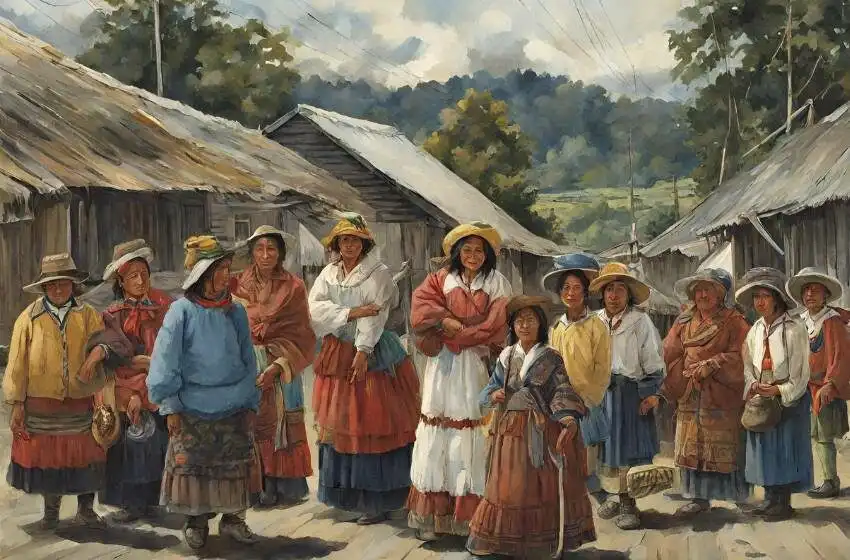
Culture:
Ecuador’s culture is a vibrant tapestry woven from the threads of indigenous, Spanish, African, and mestizo influences, shaped by centuries of migration, colonization, and cultural exchange. Music, dance, art, literature, and cuisine all play a central role in Ecuadorian culture, providing a rich and diverse expression of national identity.
Music is an integral part of Ecuadorian culture, with genres such as pasillo, sanjuanito, and cumbia enjoying widespread popularity. Traditional instruments such as the guitar, charango, and pan flute are commonly used in folk music, while orchestras and ensembles perform classical and contemporary compositions.
Dance is also a cherished tradition in Ecuador, with styles such as the bomba, caporales, and diablada being performed at festivals, celebrations, and social gatherings throughout the country. Traditional dances often incorporate elements of indigenous, African, and European culture, reflecting Ecuador’s multicultural heritage.
Ecuadorian cuisine is diverse and flavorful, with regional specialties ranging from ceviche and encebollado to llapingachos and hornado. Staples such as corn, potatoes, beans, and rice are commonly used in Ecuadorian cooking, while seafood, meats, and tropical fruits add variety and depth to the cuisine.
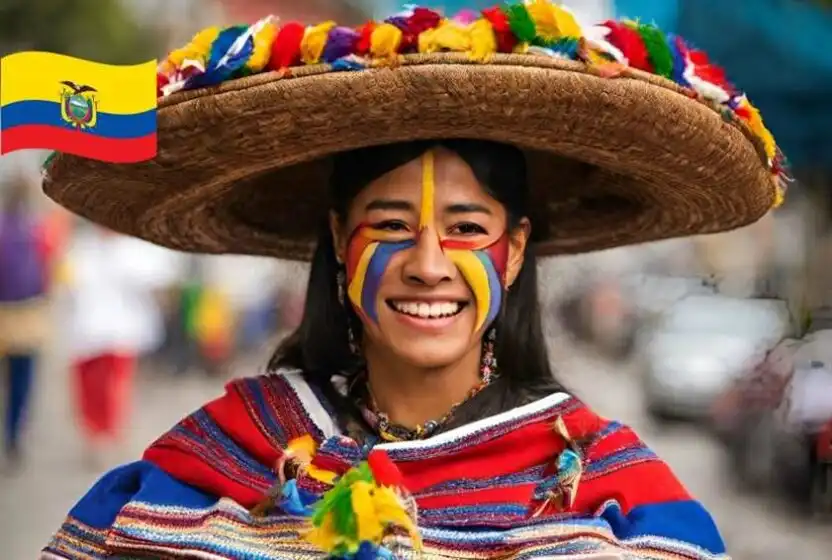
Economy:
Ecuador has a mixed economy with a diverse range of industries, including agriculture, mining, manufacturing, services, and tourism. The country is one of the world’s leading producers of bananas, shrimp, and roses, as well as a major exporter of petroleum, gold, and other minerals.
Agriculture is a significant contributor to Ecuador’s economy, employing a large portion of the population and generating export revenue. The country’s fertile soil, favorable climate, and diverse ecosystems make it well-suited for a wide variety of crops, including fruits, vegetables, grains, and livestock.
Ecuador’s service sector is also a key driver of economic growth, with industries such as finance, telecommunications, retail, and tourism playing important roles. The country’s natural beauty, cultural attractions, and outdoor activities attract millions of visitors each year, contributing to job creation and economic development.
In recent years, Ecuador has faced economic challenges such as high levels of public debt, inflation, and unemployment, as well as political instability and social unrest. Efforts to promote sustainable development, attract foreign investment, and improve infrastructure and education are ongoing priorities for the Ecuadorian government.
UNESCO World Heritage Sites
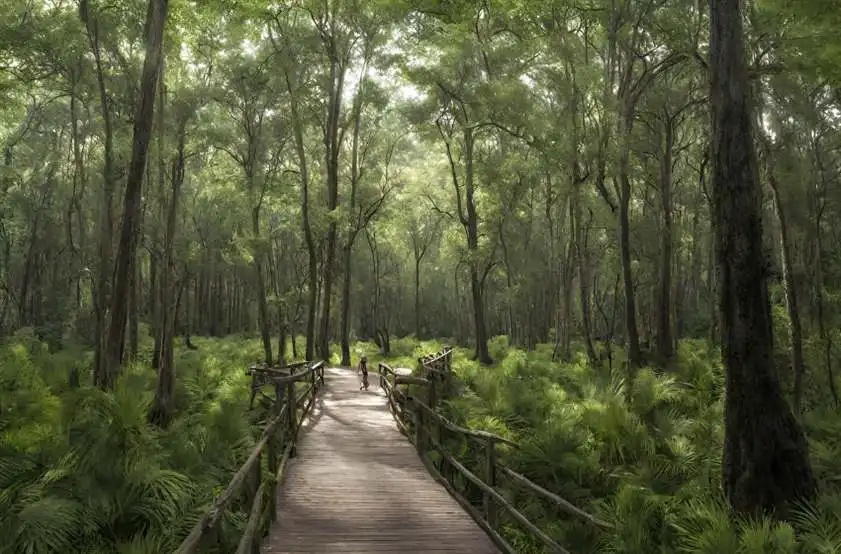
The most striking curiosities that make unique:

The most touristically renowned places:
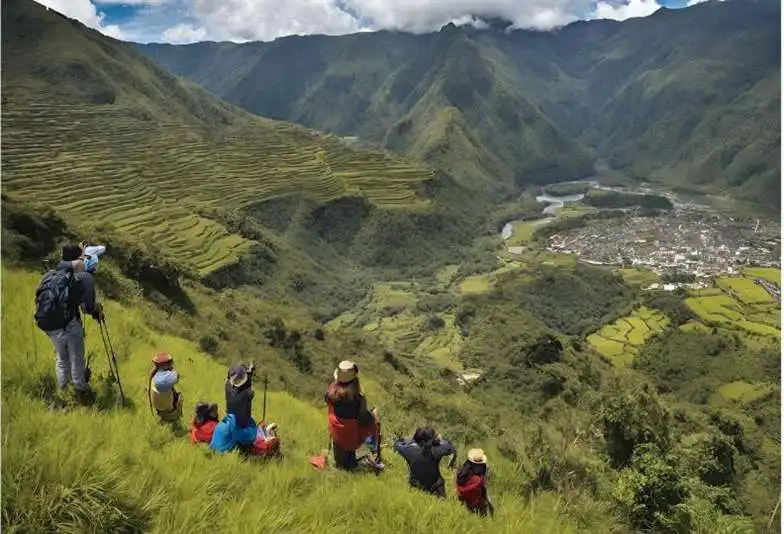
Conclusion:
Ecuador’s story is one of resilience, diversity, and transformation, as the country navigates the challenges and opportunities of the 21st century. Its rich cultural heritage, diverse landscapes, and enterprising people make it a dynamic and captivating place to explore. As Ecuador continues on its journey of growth and development, it faces numerous challenges and uncertainties, from addressing social inequality and environmental sustainability to promoting economic prosperity and democratic governance. Despite the complexities and hardships, Ecuador’s spirit of ingenuity, creativity, and optimism shines brightly, inspiring both its citizens and the world at large.


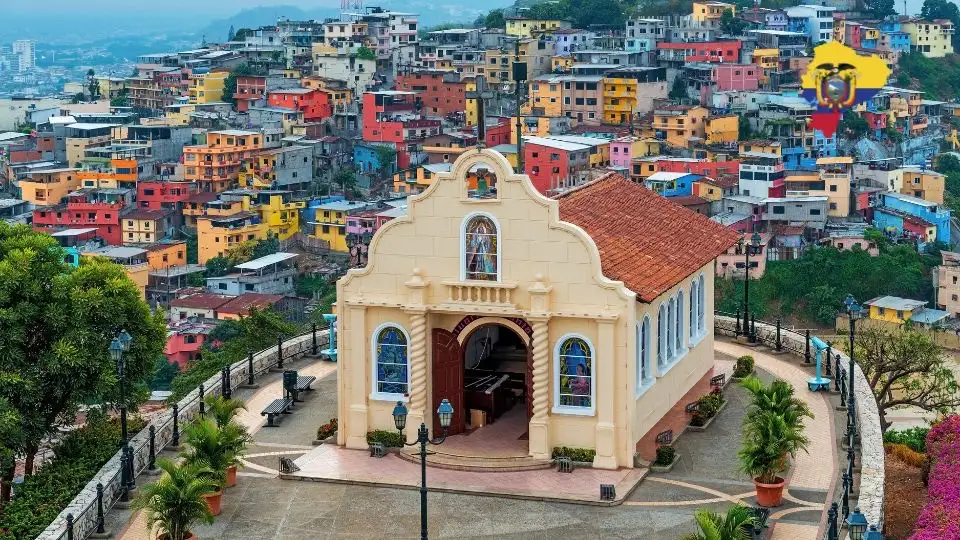
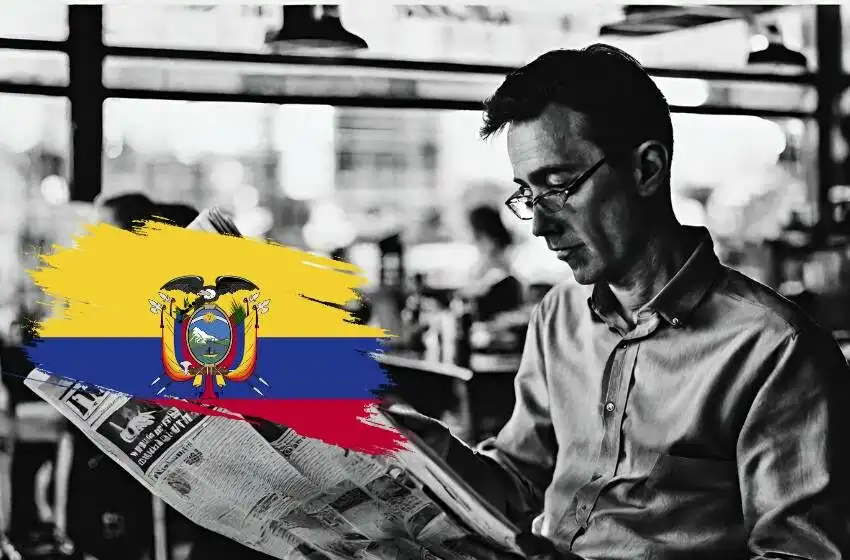
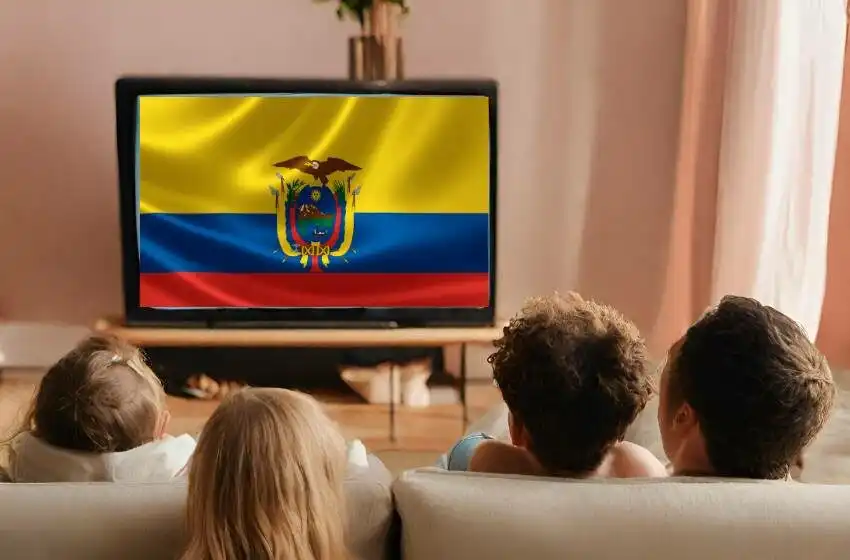
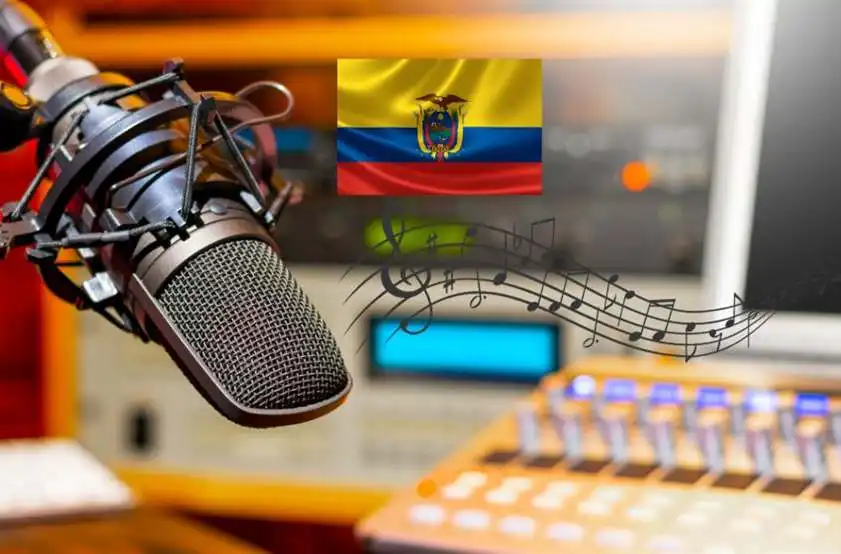
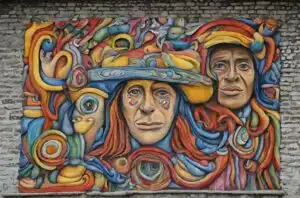

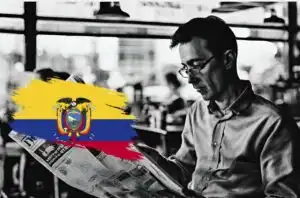
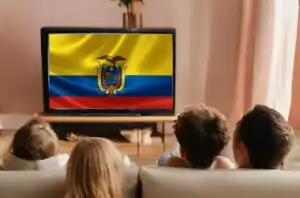


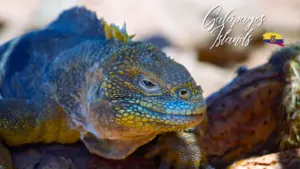
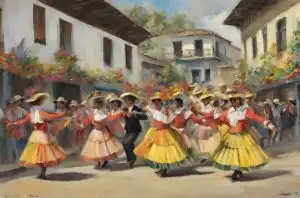
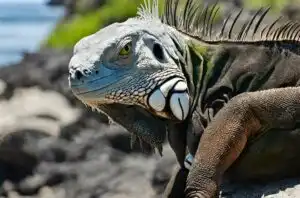
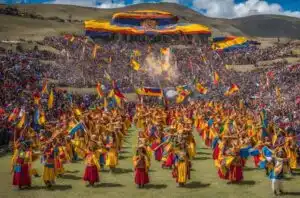
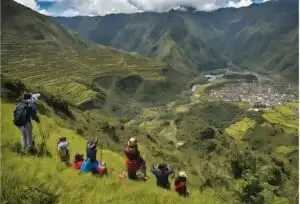


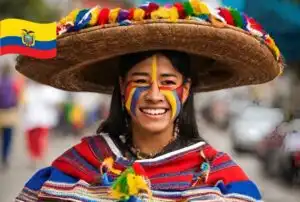




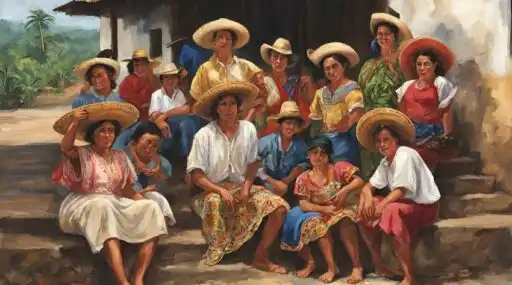

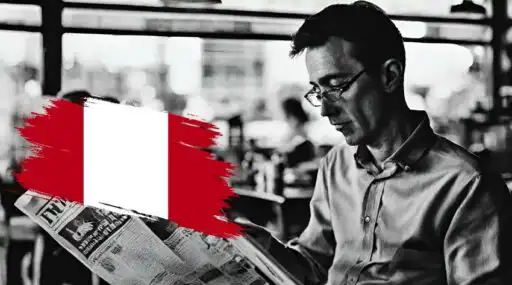

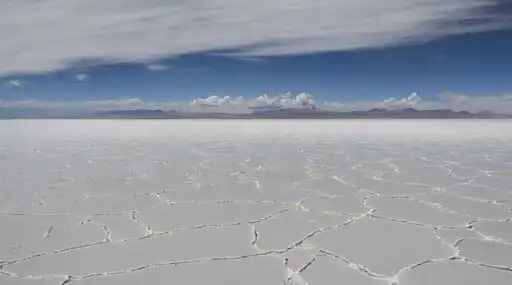



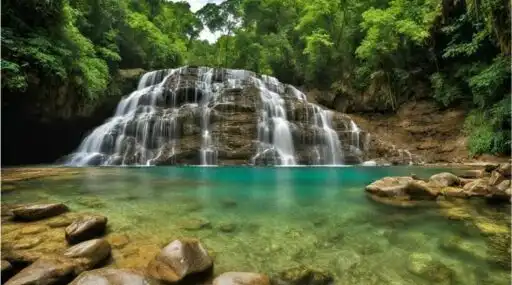


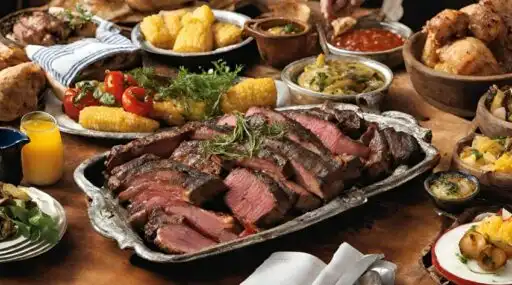
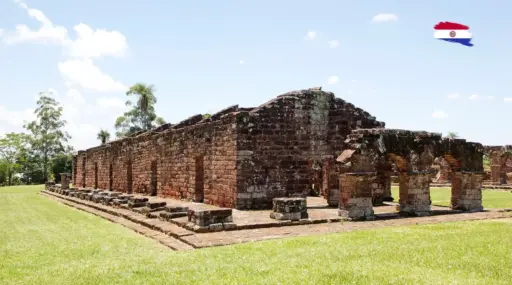

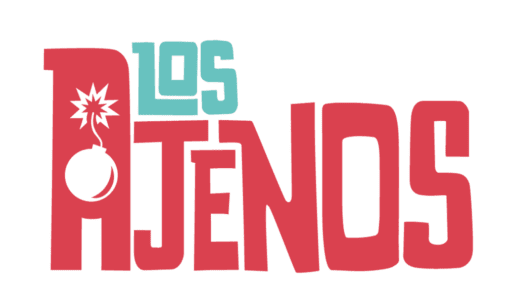
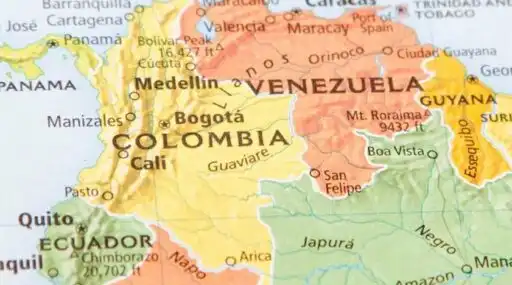
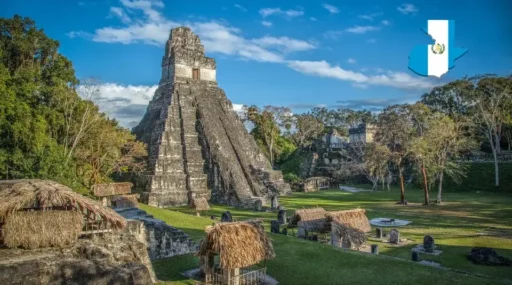


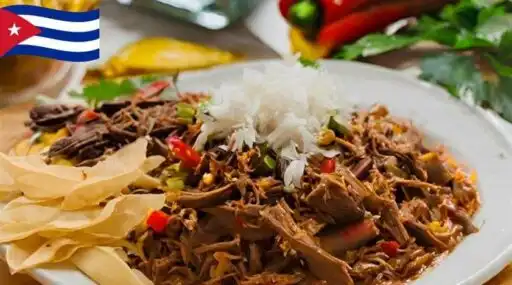
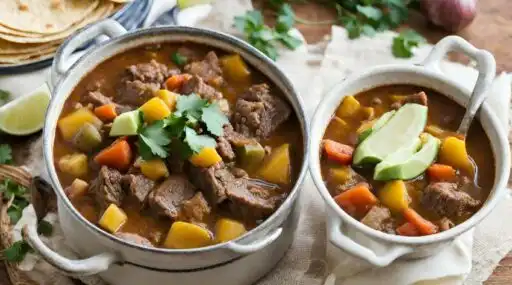



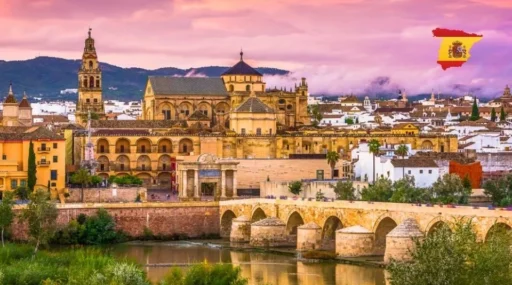

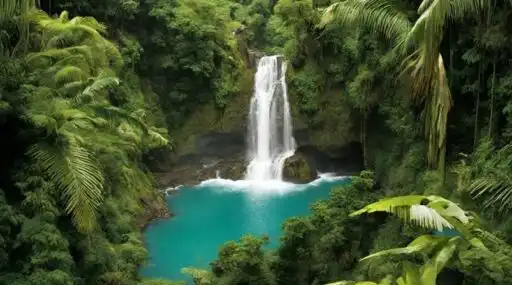

Leave a Reply